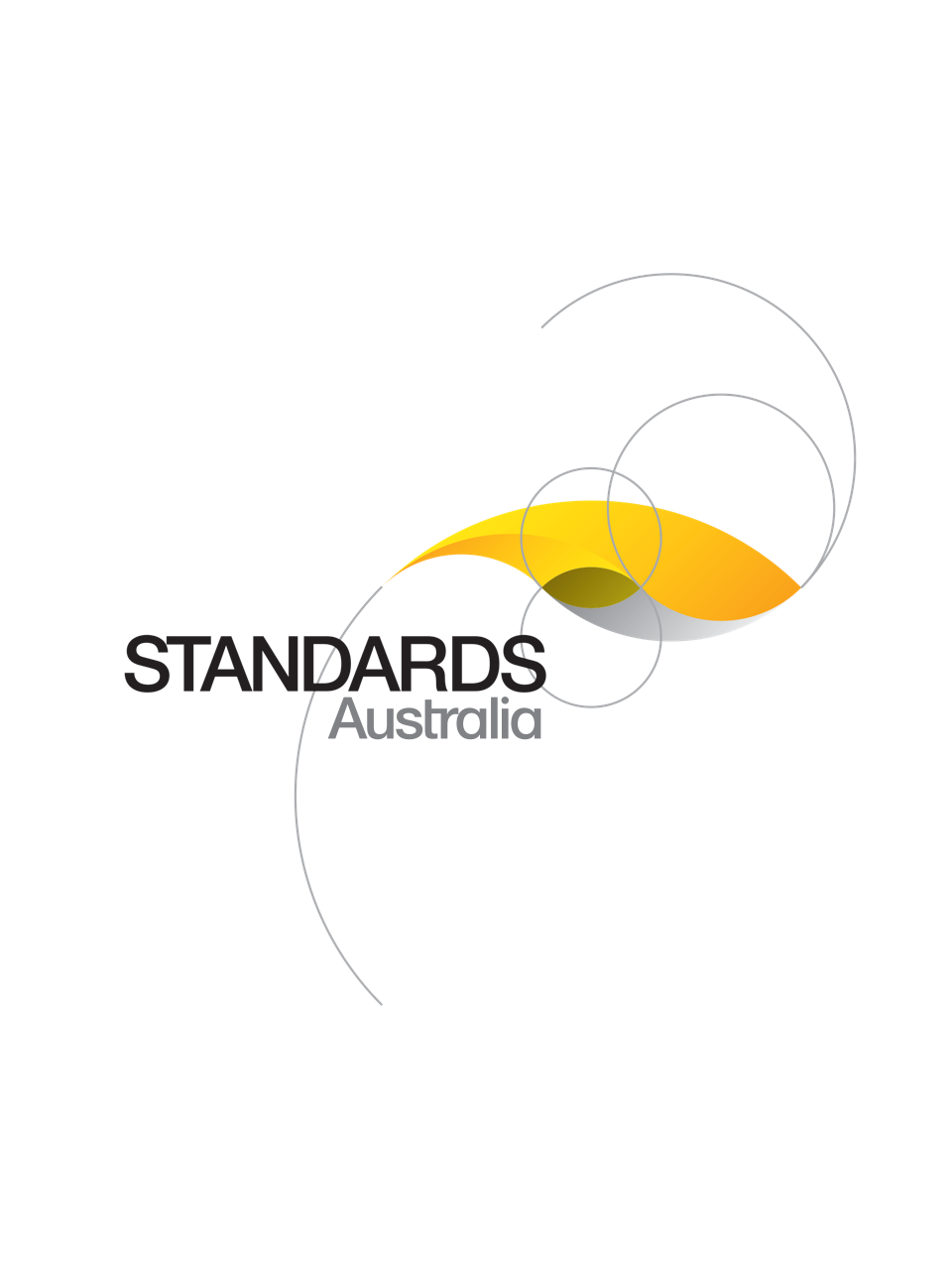Standard
Track updates
AS 5402:2025
[Current]Children’s Safety in the Metaverse
AS 5402:2025 specifies a practical framework for advancing children’s safety in the metaverse.
Published: 27/06/2025
Pages: 72
Table of contents
Cited references
Content history
Table of contents
Header
About this publication
Preface
Introduction
1 Scope and general
1.1 Scope
1.2 Normative references
1.3 Terms and definitions
2 Introduction to the metaverse
2.1 What is the metaverse?
2.1.1 General
2.1.2 Characteristics of the metaverse
2.1.2.1 The metaverse environment
2.1.2.2 Core characteristics of the metaverse
2.1.3 Identity in the metaverse
2.1.4 Impact on children’s digital experiences
2.2 Policy and regulatory landscape for children’s online safety and privacy
2.2.1 General
2.2.2 Areas for further development
2.3 Building a better metaverse
2.3.1 General
2.3.2 Overview and considerations
2.3.2.1 Developmental considerations and vulnerabilities for children
2.3.2.2 Role of age-appropriate content
2.3.2.3 Role of consent
2.3.2.4 Identifying risks
2.4 Convergence of technologies
2.4.1 General
2.4.2 Integration of AI in the metaverse
3 Understanding children’s safety in the metaverse
3.1 Identification of potential risks
3.1.1 General
3.1.2 Categories of risk
3.1.3 Overview of psychological impacts
3.1.4 Overview of physical safety impact
3.1.5 Blurring of virtual and physical worlds
4 Cyberbullying, online harassment and grooming
4.1 Introduction
4.1.1 General
4.1.2 Metaverse experience and harms
4.1.2.1 General
4.1.2.2 Avatar-based harassment
4.2 Grooming behaviours
4.3 Impact of harms
4.3.1 Mental health impacts
4.3.2 Social impacts
4.4 Underlying causes of harms
4.4.1 General
4.4.2 Anonymity, pseudonymity and embodiment
4.4.3 Evolving nature of interactions
4.5 Recommendations for industry
4.5.1 General
4.5.2 Technological and policy measures
4.5.3 Community and collaborative efforts
4.5.4 Community guidelines and behavioural standards
4.5.5 Grooming behaviours
4.6 Recommendations for government
4.6.1 General
4.6.2 Community guidelines and behavioural standards
4.6.3 Grooming behaviours
4.7 Recommendations for parents and carers
4.7.1 General safety advice
4.7.2 Community guidelines and behavioural standards
5 Age-appropriate content and experience moderation
5.1 Introduction to moderation
5.1.1 Moderation systems
5.1.2 Conduct guidelines and behavioural standards
5.2 Building effective moderation systems
5.2.1 General
5.2.2 Bias and privacy in real time monitoring
5.2.3 Trust and Safety community
5.2.3.1 Importance of Trust and Safety community
5.2.3.2 Roles and responsibilities
5.3 Age assurance
5.3.1 Introduction to age assurance
5.3.2 Implementing age assurance
5.3.2.1 Solutions and challenges
5.3.2.2 Age assurance in Australia
5.3.2.3 Age assurance and privacy
5.4 Age-appropriate virtual experiences
5.4.1 Age classification systems
5.4.2 Identifying dark patterns in the metaverse
5.5 Recommendations for industry
5.5.1 Considerations for implementing moderation systems
5.5.2 Considerations for implementing age assurance solutions
5.5.3 Designing and promoting effective age-appropriate virtual experiences
5.5.3.1 Developing age-appropriate content
5.5.3.2 Ensuring age-appropriate content and experiences
5.5.3.3 Detecting and avoiding dark patterns
5.5.3.4 Monitoring effectiveness
5.5.4 Establishing effective community guidelines
5.5.5 Training and efficiency of moderation teams
5.5.6 Providing data for investigations
5.6 Recommendations for government
5.7 Recommendations for parents and carers
6 Online privacy and data protection
6.1 Privacy and data protection in the metaverse
6.2 XR data
6.2.1 Definition and examples
6.2.2 XR data types
6.3 XR data privacy
6.3.1 General
6.3.2 Data privacy in Australia
6.3.3 Data privacy principles
6.3.4 Data privacy and interoperability
6.4 Data collection and processing
6.4.1 General
6.4.2 Data processing methods
6.5 Impact of data collection on user experience, security and rights
6.5.1 Risks to user security
6.5.2 Risks to user experience and rights
6.6 Best practices for implementing privacy and data protection
6.6.1 Managing risk of harm
6.6.2 Responsible AI and Privacy by Design
6.6.2.1 General
6.6.2.2 Responsible AI principles
6.6.2.3 Privacy by Design
6.6.3 Minimizing privacy risks
6.6.3.1 General
6.6.3.2 AI and ML in privacy management
6.6.4 Consent mechanisms
6.6.4.1 General
6.6.4.2 Verifiable and informed consent
6.6.4.3 Age-appropriate consent mechanisms
6.7 Recommendations for industry
6.8 Recommendations for government
6.8.1 General
6.8.2 Managing privacy risks
6.9 Recommendations for parents and carers
6.9.1 General
6.9.2 Managing privacy risks
7 Supervision and control mechanisms
7.1 Introduction to supervision and controls
7.1.1 General
7.1.2 Importance of involvement
7.2 Overview of parental controls
7.2.1 General
7.2.2 Device-level controls
7.2.3 Platform-level controls
7.2.4 Review and limitations of existing control mechanisms
7.3 Guidance on setting boundaries
7.4 Existing resources for parents and carers
7.5 Recommendations for industry
7.5.1 General
7.5.2 Designing and implementing controls
7.6 Recommendations for government
7.7 Recommendations for parents and carers
7.7.1 General
7.7.2 Strategies and tools for effective supervision
8 Educational initiatives for children
8.1 Introduction to educational initiatives
8.1.1 General
8.1.2 Skills for safe and effective metaverse navigation
8.2 Promoting digital literacy among children
8.2.1 General
8.2.2 Digital literacy in the Australian curriculum
8.2.3 Curriculum development and integration with existing systems
8.2.4 Development of age-appropriate and accessible educational resources
8.3 Educating for responsible behaviour in the metaverse
8.3.1 Recommendations for educators
8.3.2 Recommendations for industry
8.3.3 Recommendations for government
8.3.4 Recommendations for parents and carers
9 Collaboration and stakeholder engagement
9.1 Introduction to collaboration and stakeholder engagement
9.1.1 General
9.1.2 Stakeholder groups
9.2 Multi-stakeholder partnerships for child safety
9.3 Building supportive virtual communities
Appendix A
Bibliography
Cited references in this standard
Content history
DR AS 5402:2025
